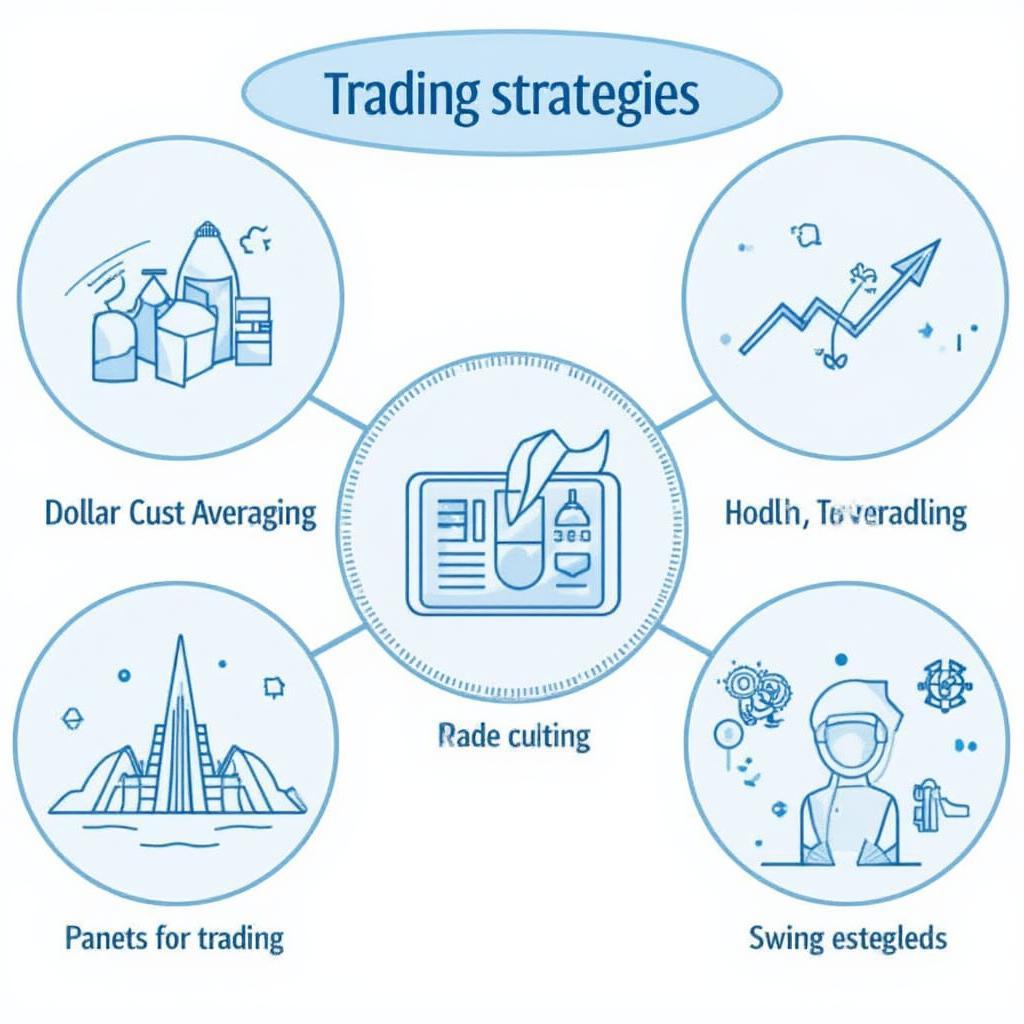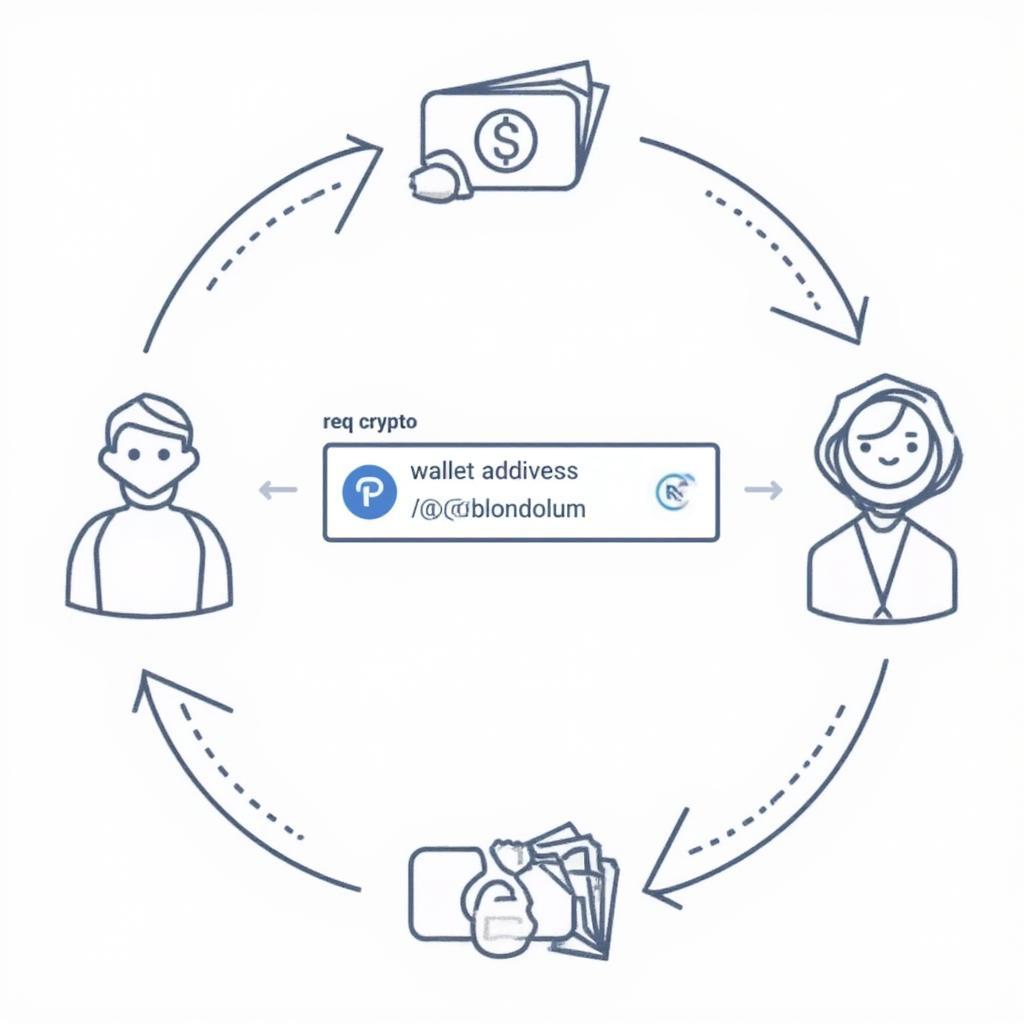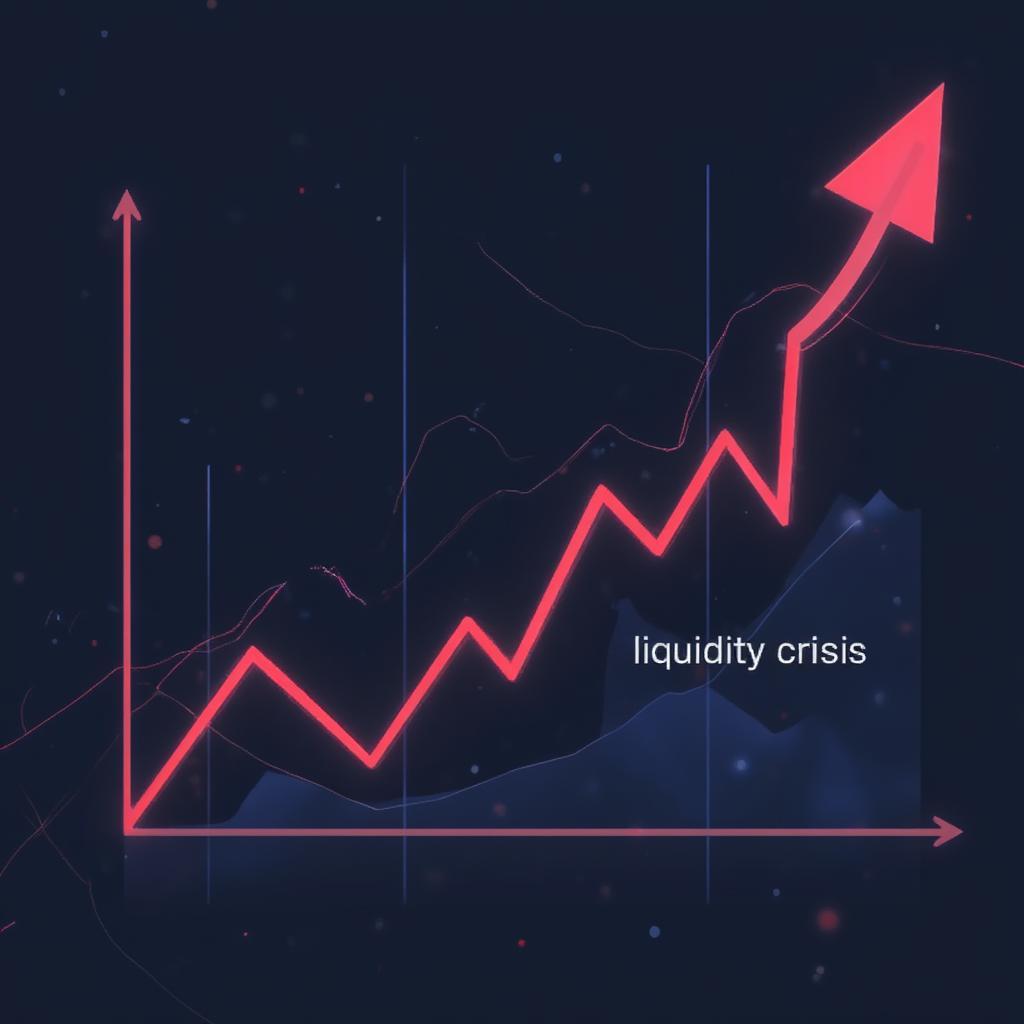Crypto Trading for Beginners: A Comprehensive Guide to Get Started

Stepping into the world of cryptocurrency trading can seem like entering a whole new universe, filled with complex charts and unfamiliar terms. But don’t let that intimidate you! This comprehensive guide is designed to demystify crypto trading for beginners, providing you with a solid foundation to start your journey. Whether you’re curious about Bitcoin, Ethereum, or other digital assets, we’ll break down the essentials, explain the risks, and empower you to make informed decisions.
Understanding the Basics of Cryptocurrency Trading
Before you dive into trading, it’s crucial to grasp what cryptocurrencies are and how they function. Cryptocurrencies are digital or virtual currencies secured by cryptography, making them nearly impossible to counterfeit. Unlike traditional currencies issued by central banks, cryptocurrencies operate on a decentralized technology called blockchain, a shared, immutable ledger that records every transaction. This decentralization is a key feature of crypto, offering an alternative to traditional financial systems.
What are Crypto Exchanges?
Think of crypto exchanges as online marketplaces where you can buy, sell, and trade cryptocurrencies. These platforms facilitate the exchange between different digital assets or between cryptocurrencies and fiat currencies (like USD, EUR, or GBP). Exchanges can vary in terms of the range of cryptocurrencies they offer, the trading fees they charge, and the security measures they implement. Selecting a reputable exchange is the first step on your trading journey and understanding the fundamentals, is akin to grasping what [cryptoassets] truly are.
Key Concepts in Crypto Trading
Several key concepts are essential for crypto trading for beginners:
- Volatility: Cryptocurrencies are known for their significant price fluctuations, which can lead to both high profits and substantial losses.
- Market Capitalization: This refers to the total value of a cryptocurrency, calculated by multiplying the current price by the circulating supply.
- Trading Pairs: Cryptocurrencies are often traded against each other or against fiat currencies, forming pairs (e.g., BTC/USD).
- Order Book: This is a list of buy and sell orders for a specific cryptocurrency at various price levels.
- Technical Analysis: The study of price charts and patterns to predict future price movements.
- Fundamental Analysis: Examining a cryptocurrency’s underlying technology, team, and use cases to assess its long-term value.
“The crypto market operates 24/7, unlike traditional stock exchanges. It’s crucial for beginners to understand this always-on nature and avoid impulsive trading decisions,” explains Dr. Eleanor Vance, a financial analyst with over a decade of experience in cryptocurrency.
Choosing the Right Exchange
Choosing the right crypto exchange is crucial. Here’s what to consider:
- Security: Look for exchanges with strong security features like two-factor authentication and cold storage for digital assets.
- Fees: Be aware of trading fees, withdrawal fees, and other associated costs.
- Supported Cryptocurrencies: Make sure the exchange lists the cryptocurrencies you want to trade.
- User Interface: Opt for an exchange with an easy-to-use and intuitive interface.
- Customer Support: Reliable and responsive customer service is essential.
- Regulatory Compliance: Verify that the exchange operates in compliance with your country’s regulations.
Finding the [best way to buy crypto] often involves considering all these aspects.
Getting Started with Crypto Trading: A Step-by-Step Guide
Now, let’s dive into the practical steps for starting your crypto trading journey.
-
Research and Education: Begin by learning about different cryptocurrencies and their use cases. Understand how the blockchain works, the specific features of each crypto, and the history of these assets. Take time to understand what are the benefits and features of the [lcx crypto] platform, as this can be a great starting point.
-
Create an Account: Choose a reputable exchange and create an account. You will usually need to provide personal information and verify your identity.
-
Secure Your Account: Enable two-factor authentication (2FA) and consider using a strong, unique password.
-
Deposit Funds: Deposit funds into your exchange account. Most exchanges support fiat currency deposits (via bank transfers or credit cards) and cryptocurrency transfers.
-
Start with Small Trades: Begin with small trades to familiarize yourself with the platform and the market. Avoid putting too much capital at risk when you’re starting.
-
Develop a Trading Strategy: Define your trading goals and risk tolerance. Plan your entry and exit points based on the information available and your strategy.
-
Monitor Your Trades: Keep a close eye on your trades and be prepared to adjust your strategy as needed.
-
Learn from Your Mistakes: Treat each trade as a learning experience. Don’t be discouraged by losses; use them as an opportunity to refine your approach.
“Successful trading requires discipline and a willingness to learn continuously. Don’t fall for hype or get swayed by emotions. Data-driven decisions are your best friend,” suggests James Harding, an independent crypto trading consultant.
Trading Strategies for Beginners
As a beginner, it’s vital to adopt strategies that are suitable for your level of expertise and risk appetite:
- Dollar-Cost Averaging (DCA): This involves investing a fixed amount of money regularly, regardless of the asset’s price. This strategy helps mitigate the impact of short-term price volatility.
- Holding (HODLing): This long-term investment strategy involves buying and holding cryptocurrencies with the expectation of their value increasing over time. It’s essential to understand how each asset is designed and what its long term potential is, just as how you would with [wazirx coin].
- Swing Trading: This involves taking advantage of short to medium-term price swings. Requires more analysis and monitoring than DCA or HODLing.
- Day Trading: This involves buying and selling cryptocurrencies within the same day. This is a very high-risk strategy that is unsuitable for beginners.

Risk Management
Risk management is paramount in crypto trading. Here are some tips:
- Never Invest More Than You Can Afford to Lose: The crypto market is extremely volatile, and you should only invest funds that you can afford to lose without facing undue financial hardship.
- Set Stop-Loss Orders: A stop-loss order automatically sells a cryptocurrency when its price reaches a certain level, helping to limit your losses.
- Diversify Your Portfolio: Don’t put all your eggs in one basket. Spread your investments across different cryptocurrencies and asset classes.
- Don’t Chase Hype: Avoid making impulsive decisions based on social media trends or recommendations from unqualified sources.
- Stay Informed: Keep up-to-date with the latest news and developments in the crypto space.
Tools and Resources
Leverage available tools and resources to enhance your trading experience:
- Charting Software: Use charting tools on exchanges or third-party platforms to analyze price trends.
- Crypto News Websites and Publications: Follow reputable sources for news, analysis, and market updates.
- Online Trading Communities: Join forums and communities to share experiences and learn from other traders. But be careful about advice and remember to do your own research!
- Mobile Trading Apps: Many crypto exchanges offer mobile apps, allowing you to trade on the go.
Understanding the nuances of trading, particularly of [gmx crypto] and other volatile coins can help you with risk assessment.
Common Mistakes to Avoid
As a beginner, it’s easy to fall into traps that can lead to losses. Here are common mistakes to avoid:
- Investing Without Research: Never invest in a cryptocurrency without understanding its use cases, technology, and fundamentals.
- Emotional Trading: Avoid making trades based on emotions like fear and greed.
- Following the Crowd: Do not follow the crowd blindly. Do your own research and make your own decisions.
- Ignoring Risk Management: Poor risk management is the fastest way to lose money. Always set stop losses and manage your positions carefully.
- Falling for Scams: Be vigilant against scams and pyramid schemes promising unrealistic returns.
- Over-Leveraging: Avoid using high leverage, especially as a beginner, as it can amplify both gains and losses.
- Trying to Time the Market: Accurately predicting market tops and bottoms is extremely difficult, if not impossible. Focus on building a solid long term strategy.
- Using Untrustworthy Exchanges: Only use reputable, regulated exchanges.
Conclusion
Crypto trading for beginners can be a rewarding venture if approached with caution, proper education, and a solid strategy. The key is to start small, learn continuously, and always prioritize risk management. Remember, the crypto market is dynamic and requires patience and diligence. Don’t get discouraged by setbacks; use them as learning opportunities to become a more proficient trader. Remember, it’s not about getting rich quick, it’s about understanding the market, strategizing and planning accordingly. Take your time, do your research and understand how you can effectively utilize the power of the market and the technology behind it.
FAQ on Crypto Trading for Beginners
-
What is the first step in crypto trading?
The first step is to educate yourself about cryptocurrencies, the blockchain, and trading basics. Choose a reputable exchange and start learning how it operates. -
How much money do I need to start crypto trading?
You can start with as little as a few dollars. However, never invest more than you can afford to lose. -
Which cryptocurrencies should beginners invest in?
Beginners might start with established cryptocurrencies like Bitcoin and Ethereum before exploring altcoins. Remember that all crypto assets have different levels of risk and volatility. -
Is crypto trading risky?
Yes, crypto trading is inherently risky due to high volatility. Proper risk management strategies are essential. -
What are some reliable sources for crypto trading information?
Reliable sources include reputable crypto news websites, academic research papers, and educational platforms. Be wary of unsubstantiated claims on social media. -
How can I secure my crypto assets?
Secure your crypto assets by using strong passwords, enabling two-factor authentication (2FA), and considering hardware wallets for long-term storage. -
What is a crypto wallet?
A crypto wallet is a software or hardware device that stores your private keys, which are necessary to access your cryptocurrency. Wallets can be custodial or non-custodial, hardware or software based, and are essential to securing your assets. -
What is dollar-cost averaging (DCA)?
Dollar-cost averaging is an investment strategy of buying a fixed amount of a cryptocurrency on a regular schedule to mitigate volatility. This can be done weekly, bi-weekly or monthly. -
Can I get rich quickly with crypto trading?
While large profits are possible, they are not guaranteed. The crypto market is volatile, and the risk of losing money is significant. Focus on learning and having a good strategy.




